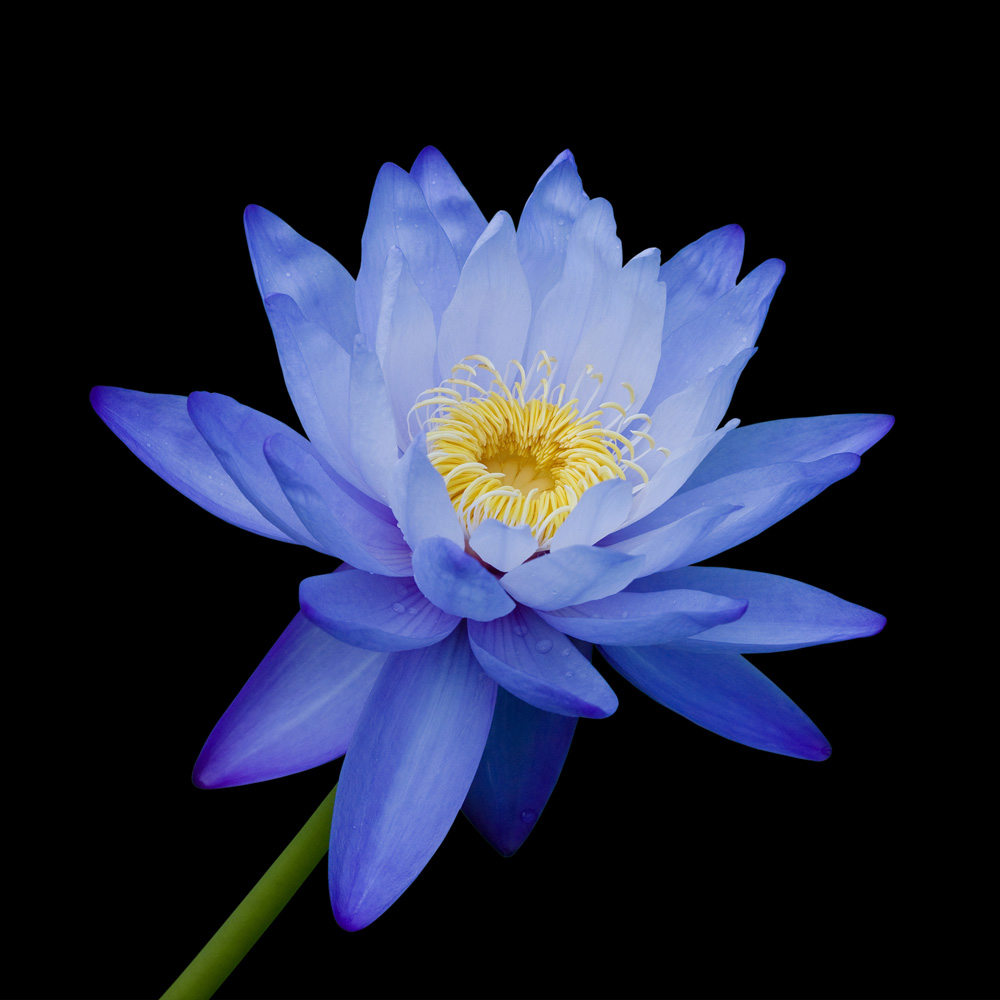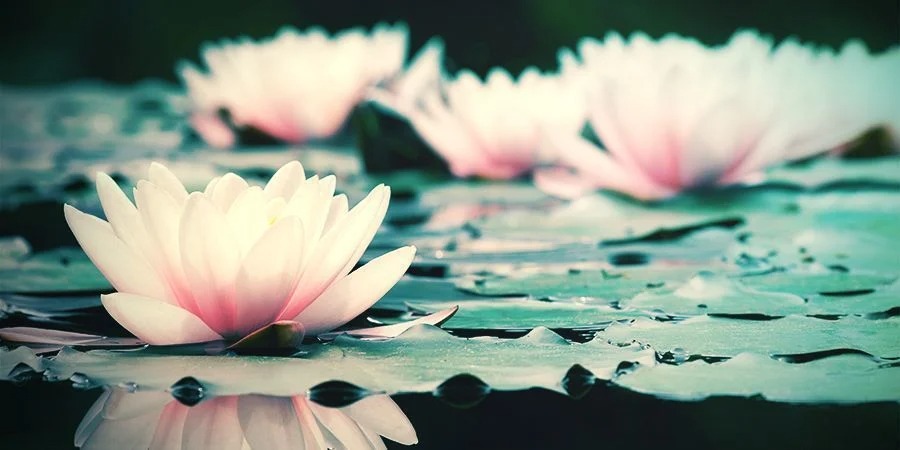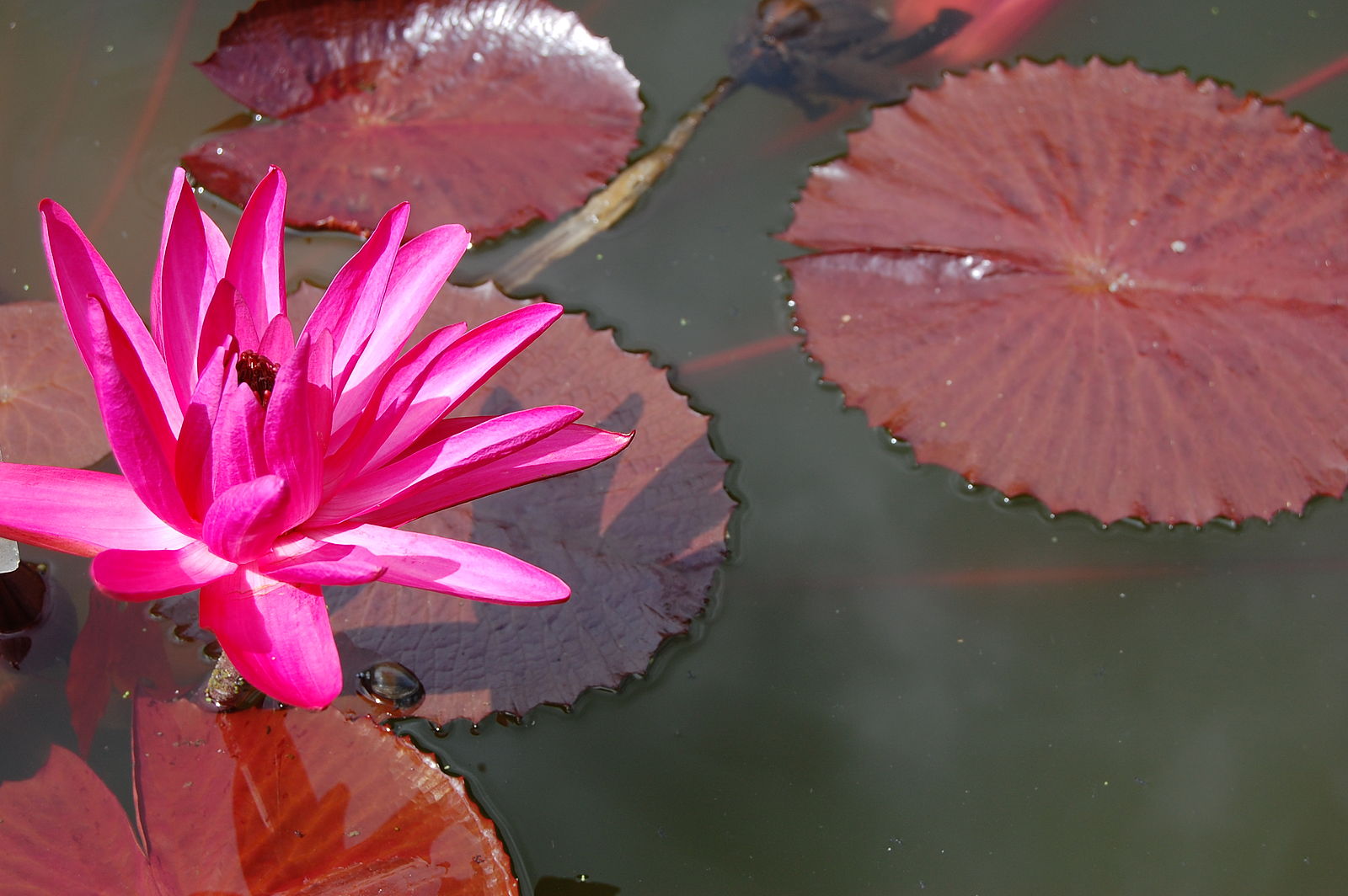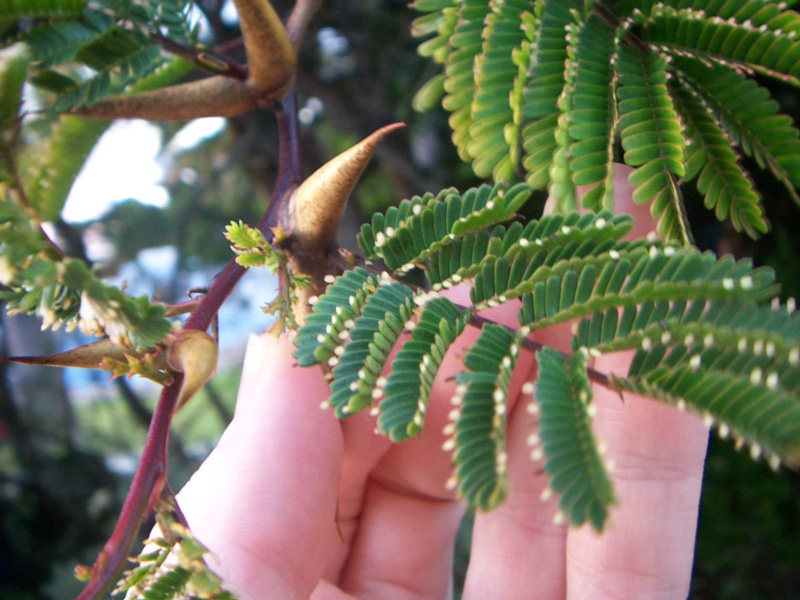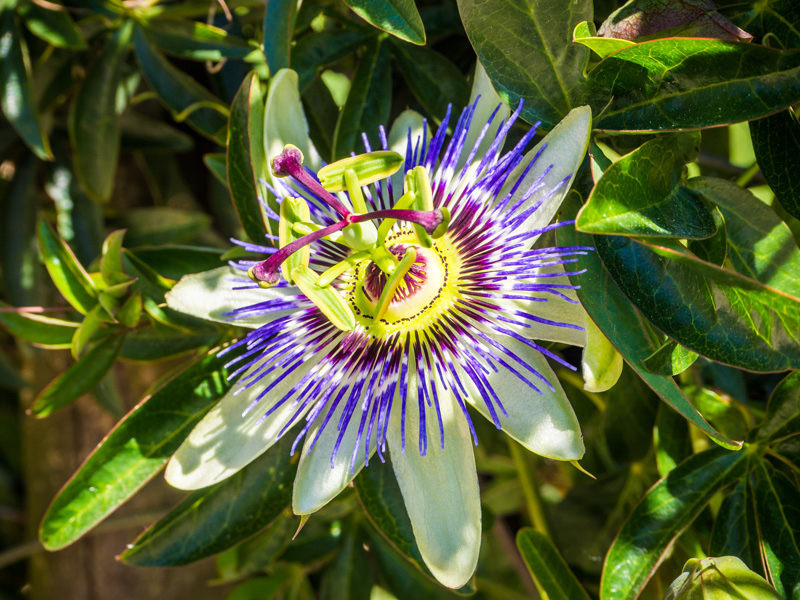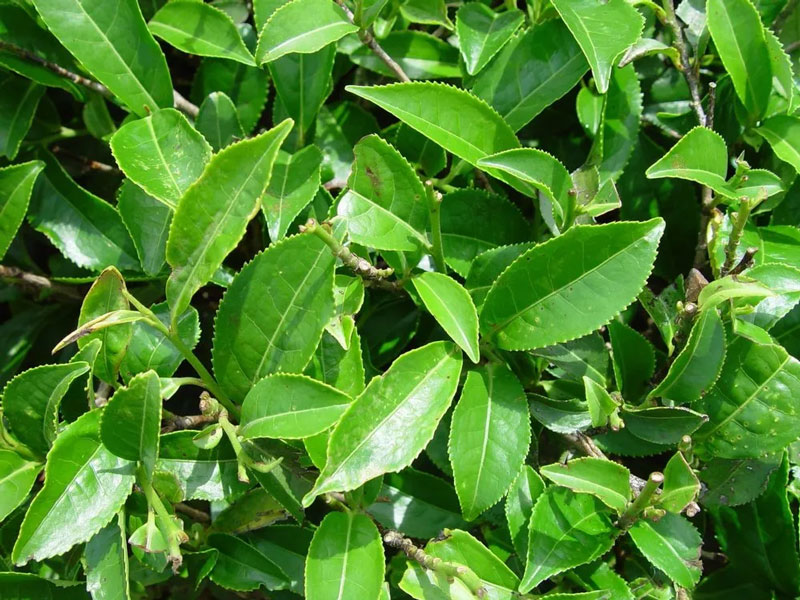When we feel safe, we start to allow ourselves to play....Blue Lotus
Let’s first speak about the concept..about deep love and connection this medicine brings us.
The Flower medicine works on our nervous system, calming down agitation, insecurities and fear. When we feel safe, we can softly allow ourselves to feel what wants to be felt. We work with medicine and our bodies simultaneously as we as trauma specialists and passionated body workers understand that trauma has to be felt through the body. In our flower medicine ceremonies, we can deeply re-connect with our bodies, feelings, senses and gently letting go of rigidity, stiffness and old emotional patterns. We guide you with the medicine, sound and passion into your body, your own expression of sensitivity, sensuality, uniqueness and truth. You gonna embark on a journey for yourself but as well simultaneously with others as a tribal imprint of an embodied new healing culture.
Nothing similar is out there…
Blue Lotus flower has been part of Egypt’s mythology, culture, and medicine for thousands of years. In the Middle East, the plant is known as Egyptian Lotus and Sacred Lily of the Nile, and images of the aquatic plant grace the walls of pharaohs’ tombs and monoliths. The history of the famed Blue Lotus is not only medicinal, but also mystical, in nature. Finding its way out of Egypt, around 300 BCE, the lotus landed in Greece, where the prevailing culture incorporated it into the religion of Isis and Serapis. Near the close of the Roman Empire, Blue Lotus was being traded to the far corners of the known world, from Brittania to India. The lotus even features prominently in Mayan religious art, costumes, and ceremonies.
The blue lotus flower (Nymphea caerulea) is an Egyptian water lily containing apomorphine and nuciferine. Apomorphine has been described as a psychoactive alkaloid and is a non- selective dopamine agonist primarily used to treat Parkinson’s disease as it stimulates dopamine receptors and improves motor function.
White Lily
White Lotus is frequently depicted within Egyptian art in the form of stone carvings and paintings. It’s clear that this ancient culture highly revered both of these plant species, likely due to their fascinating psychoactive effects. These images often involve scenes of parties, dancing, and rituals.
White Lotus or White Waterlily (Nymphaea alba) contains the psychoactive compounds nupharine and nymphaeine, which have euphoric, sedative and narcotic effects. According to some sources, waterlily is also a potent aphrodisiac.
White Lily native to Mexico and Central and South America dates back to the time of Mayan’s. It generates feelings of floating and euphoric sensations.
Red Lily
Red Lotus (Nymphaea rubra) belongs to the Mymphaceae family and is known to be originated in India, Nile Delta, and Thailand. Its leaves are heterophyllus and they have different appearances under the water surface and above the water surface. This plant is common in the ponds and shallow lakes throughout tropical and temperate Asia; Indonesia, Malaysia, Vietnam, Myanmar, Thailand, Laos, Cambodia, Philippines, Taiwan, Yunnan, Sri Lanka, India, and Bangladesh. Its leaves have hairy or fuzzy undersides and stems are also covered by the hairs. It produces perennial and erect rootstocks and rhizomes that help anchorage in the muddy bottom.
It is a well-known herb for peace-stimulating and relaxing properties and thereby brings a sense of euphoria and wellbeing. It produces good sedative effects and helps consumers to sleep better. It is being used as an aphrodisiac since ancient times.
Research has shown that the red lotus contains both nuciferine, and aporphine. Aporphine is a psychoactive alkaloid and is a specific dopamine agonist for the treatment of alcohol addiction, opiates, Alzheimer’s disease, erectile dysfunctioning, and Parkinson’s disease. This compound causes stimulation of euphoric, uplifted, and happy feelings. While nuciferine is a specific alkaloid having an association with dopamine receptors. Research findings have shown that red lotus is significantly helpful to promote health and wellness due to its antioxidant, anthelmintic, anti-diabetic, and immunomodulatory properties. Red lily is reported to have excellent immunomodulating activities and the polysaccharides produced in the carpels of its flowers antitumor activities by activation of macrophages and naturally killing the cells by receptor binding.
Acacia
Found on all continents throughout the world, Acacia trees, used by Noah to build the ark, are revered in cultures dating back centuries because some varieties contain the psychedelic substance dimethyltryptamine (DMT), phenethylamine as well as methylenedioxyphenethylamines. The Tree of Knowledge in the Garden of Eden offered something far more tempting than an apple. It is thought that the burning bush that Moses encountered on the mountain was the acacia.
Certain varieties of the acacia contain Phenethylamine as well as methylenedioxyphenethylamines which are used as empathogens, stimulants, psychedelics and/or antidepressants. Methylenedioxyphenethylamines are used to formulate MDMA which is used in sacred medicine circles and for PTSD and Trauma Therapy.
Passionflower
Passionflower is a climbing vine that is native to the southeastern United States and Central and South America.
Native peoples of the Americas used passionflower as a sedative. Sixteenth-century Spanish explorers in South America learned of passionflower. The plant was then brought to Europe, where it became widely cultivated and was introduced to European folk medicine.
Used to help to reduce nonspecific anxiety and anxiety. Also can be used to attention-deficit hyperactivity disorder, congestive heart failure, insomnia, and stress.
Green Tea
Camellia sinensis is the source of Green Tea. Originally used and grown in China.
An amino acid in green tea L-Theanine is known for various properties that stimulates focus and increase serotonin and dopamine while reducing cortisol.

